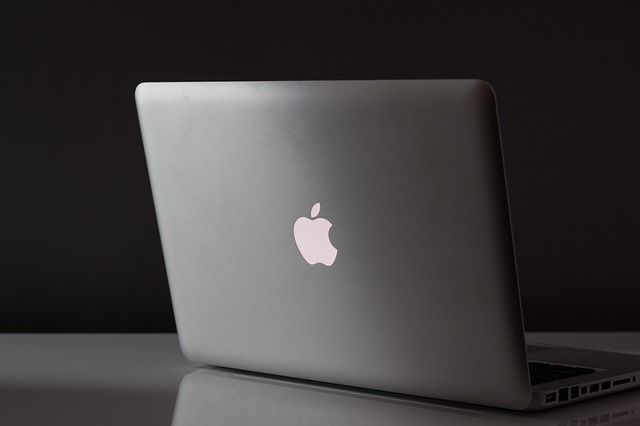The blue light part of your business
 We all now live in a blue light world. But, when you’re in business, electronic blue light exposure is greater because of the increased time spent interacting with digital devices. There’s no question that smartphones, computers, laptops, tablets, e-readers and video are integral to running any business. However, they also have their dark side.
We all now live in a blue light world. But, when you’re in business, electronic blue light exposure is greater because of the increased time spent interacting with digital devices. There’s no question that smartphones, computers, laptops, tablets, e-readers and video are integral to running any business. However, they also have their dark side.
What’s blue light?
Blue light is what allows you to see and process your digital screen imagery.
Digital light is based on the electromagnetic spectrum of visual colors. At the high end of visibility is blue light. It has a very short wavelength but high in energy transmission as opposed to longer, slower wavelength of red.
In any electronic device, and including fluorescents and LED bulbs, the blue high-energy wavelength flickers (pulses so quickly that it appears constant). According to Blue Light Exposed, “This kind of flickering creates a glare that can reduce visual contrast and affect sharpness and clarity.”
The benefits of blue light
The benefit of blue light exposure is increased productivity due to better attention span, alertness, reaction time, quality of mood and reducing sleepiness.
Blue light exposure just like natural daylight helps to reset your internal circadian rhythm. Circadian rhythm is a 24-hour biological cycle, where a portion is allocated for sleep and different organs function at optimum or resting stages. A decrease in natural daylight or blue light exposure signals an increase in the hormone melatonin, secreted by the pineal gland in the brain. The presence of melatonin is necessary to activate sleep. With daylight or blue light exposure, the effect of melatonin decreases until it cycles back to its sleep mode.
The dark side of blue light
Among the negative aspects of blue light is its disruption of the circadian rhythm cycle. While blue light allows you to be more productive with longer exposure to a synthetic daylight, it delays melatonin release. Subsequently, the length of the sleep cycle is shortened with a possible sleep deprivation effect.
The rest of the bad news includes the detrimental effect on the eyes: eyestrain, dryness and irritations, cataracts, and macular degeneration.
“The retina is a very thin, multi-layered tissue covering the inner eyeball. The retina can be harmed by high-energy visible radiation of blue/violet light that penetrates the macular pigment found in the eye. A low macular pigment density may represent a risk factor for age-related macular degeneration by permitting greater blue light damage to the retina.” (Blue Light Exposed)
Researchers also attribute the related conditions of – head, neck, and back, aches and pains, breast and prostate cancer, heart disease, diabetes, obesity, and depression.
Recommendations
It’s recommended that you shut down all electronic devices and including TV at least two hours before going to bed. This allows for melatonin secretion to begin. Also suggested is
- healthy eating
- exposure to natural light
- regular sleeping pattern
- limiting screen time to 20-minute intervals
- keeping screens clean
- adjust your screen to proper viewing height
- use screen a glare filter
- increase font size
- nearby lights should be dim
- blink often to prevent dryness
If you have to continue to work on your computer, there is a free download for both Windows and Mac, that synchronized your computer screen emission to your actual location and time-of-day. It automatically reduces your blue light exposure by increasing a subtle, and softer light emission.
The details are here at https://justgetflux.com. I’ve installed it on my laptop and noticed a difference as I continue to write into the night. The font color and style remain clear, but the background is now a soft gray
If you really want to get into this, the fluxometer diagram below graphically demonstrates the amount of blue light from various devices. The profile featured here is for the iPadPro with age set at 32. You’ll note on the lower left is an age scale, which you can set to see how it affects you personally. The right side menu also allows you to see the emission quality of other devices.
I’ve also found this YouTube video by Daniel Vitalis with an overview and mention of special eyewear that is available (Oakley Radar Ranger and Gunner). However, the exception for users would be any designers working with color and light elements.
I realize this might all be new to you, but do you have any first impressions about your blue light experience?
[canvakala-video src=”https://youtu.be/3p9FcEm3UVU”]
Resources:
https://www.sott.net/article/318721-The-effects-of-smartphone-light-on-your-brain-and-body
http://www.bluelightexposed.com/#bluelightexposed
https://justgetflux.com
Images:
Computer image – Pixabay 690672
Fluxometer – Creative Commons Attribution 4.0 International License